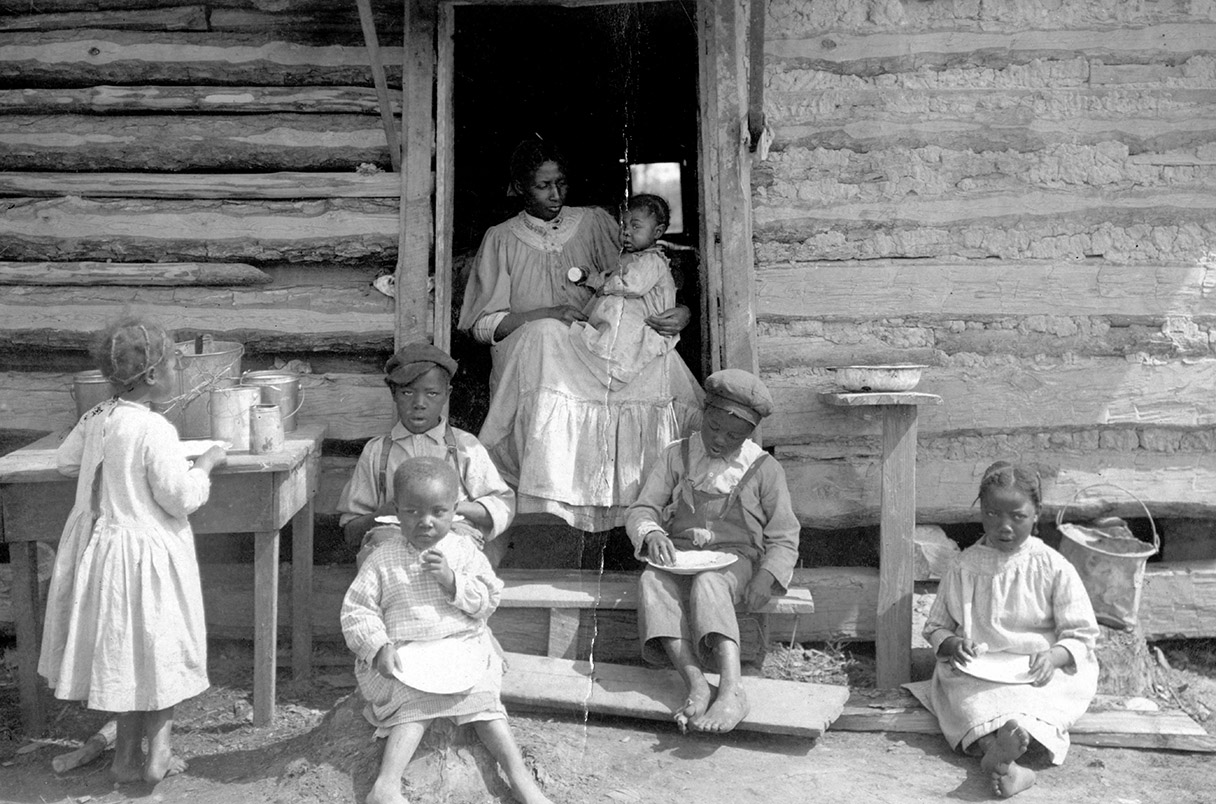
Needles are far more interesting than one might initially think. From their ancient origins to their modern-day applications, these slender, pointed tools have played a pivotal role in human history. Sewing, one of the oldest forms of textile arts, wouldn't be possible without them. Beyond fashion and fabric, needles have found their place in medical practices, tattooing, and even in the arts and crafts world. This introduction will unravel 15 fascinating facts about needles, shedding light on their evolution, variety, and unexpected uses. Whether you're a history buff, a crafting enthusiast, or simply curious, these insights will change the way you view this common yet extraordinary tool.
The History of Needles
Needles have been around for thousands of years, evolving from simple tools to intricate instruments. Here are some fascinating historical facts about needles:
-
Ancient Origins: The oldest known needles date back to around 50,000 years ago. Early humans used bone, wood, and stone to create these tools for sewing animal hides.
-
Egyptian Innovation: Ancient Egyptians were among the first to use metal needles, around 3000 BCE. They crafted them from copper and bronze, significantly improving durability.
-
Medieval Europe: By the Middle Ages, needle-making had become a specialized craft in Europe. Needles were often made from iron and later steel, allowing for finer and more precise work.
-
Industrial Revolution: The 18th century saw the mass production of needles thanks to the Industrial Revolution. Factories could produce thousands of needles daily, making them more accessible.
Types of Needles
Needles come in various shapes and sizes, each designed for specific tasks. Let's explore some common types:
-
Sewing Needles: These are the most common type, used for hand sewing. They come in different lengths and thicknesses, with a sharp point and an eye for threading.
-
Knitting Needles: Unlike sewing needles, knitting needles are long and have a blunt end. They come in pairs and are used to create knitted fabrics.
-
Hypodermic Needles: These medical needles are used for injections and drawing blood. They are hollow and come in various gauges, with smaller numbers indicating larger diameters.
-
Embroidery Needles: Designed for decorative stitching, these needles have a larger eye to accommodate thicker threads or multiple strands.
Fun Facts About Needles
Needles have some quirky and interesting aspects that might surprise you. Check out these fun facts:
-
Needle Phobia: Approximately 10% of people suffer from trypanophobia, an intense fear of needles. This can make medical procedures particularly challenging for them.
-
Needle in a Haystack: The phrase "like finding a needle in a haystack" originated in the 17th century. It describes something extremely difficult to locate.
-
Space Needles: The famous Space Needle in Seattle, Washington, was inspired by a futuristic sketch of a flying saucer tethered to the ground. It stands 605 feet tall.
-
Needle Exchange Programs: These programs provide clean needles to drug users to reduce the spread of infectious diseases. They have been shown to be effective in promoting public health.
Needles in Popular Culture
Needles have made their mark in various aspects of popular culture. Here are some notable mentions:
-
Sewing in Literature: Needles often appear in classic literature. For example, in "The Tailor of Gloucester" by Beatrix Potter, a tailor's needles come to life and help him finish a coat.
-
Needles in Movies: In the "Matrix" series, needles play a crucial role in the iconic scene where Neo is plugged into the Matrix for the first time.
-
Needles in Music: The song "Needles and Pins," originally performed by Jackie DeShannon in 1963, has been covered by numerous artists, including The Searchers and Tom Petty.
A Final Stitch in Time
We've journeyed through the intricate world of needles, uncovering their rich history, diverse types, and surprising uses. From their ancient origins to modern applications in medicine and art, needles have proven to be more than just simple tools; they're pivotal in the fabric of human innovation. Whether it's in the delicate hands of a skilled embroiderer or the precise grip of a surgeon, needles continue to leave an indelible mark on our lives. They weave together cultures, mend broken parts, and create beauty from the barest of materials. As we thread our way through history and into the future, the humble needle remains a testament to human ingenuity and creativity. Let's keep threading the needle of curiosity, always eager to discover what other simple tools have stories just waiting to be told.
Was this page helpful?
Our commitment to delivering trustworthy and engaging content is at the heart of what we do. Each fact on our site is contributed by real users like you, bringing a wealth of diverse insights and information. To ensure the highest standards of accuracy and reliability, our dedicated editors meticulously review each submission. This process guarantees that the facts we share are not only fascinating but also credible. Trust in our commitment to quality and authenticity as you explore and learn with us.


